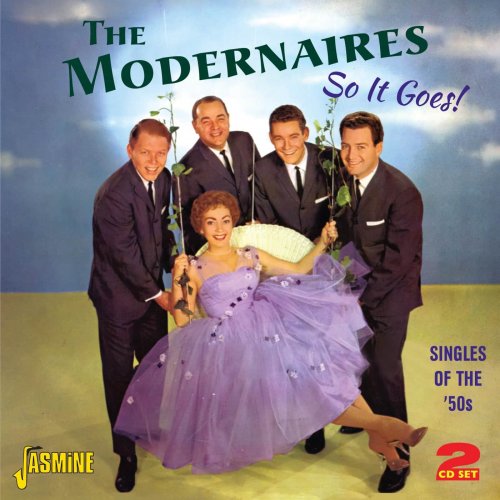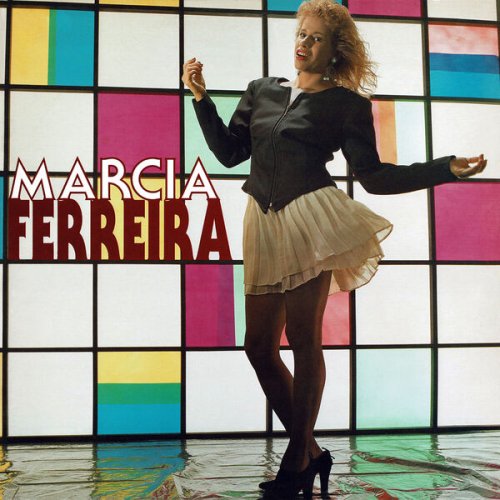Roger Ram - Fine and Mellow (1966) [Hi-Res]
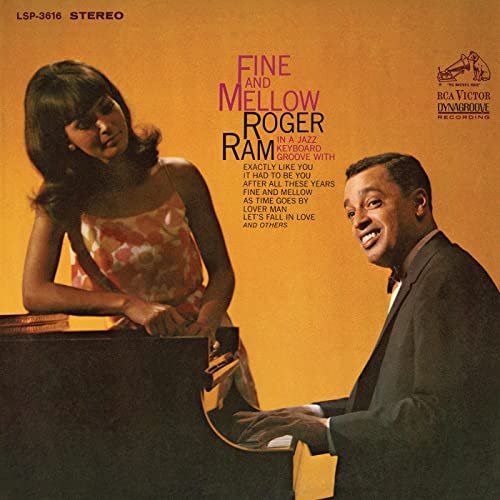
Artist: Roger Ram
Title: Fine and Mellow
Year Of Release: 1966
Label: RCA - Legacy
Genre: Jazz
Quality: 16-bit/44.1kHz FLAC / 24-bit/192kHz FLAC
Total Time: 00:33:34
Total Size: 185 MB; 1.2 GB
WebSite: Album Preview
Roger Ram is a name familiar to many people in and around New York. It has adorned the marquees of famous clubs like Basin Street East, and it belongs to a musician widely and more simply known as "Ram,” although formally he is Roger Ramirez.Title: Fine and Mellow
Year Of Release: 1966
Label: RCA - Legacy
Genre: Jazz
Quality: 16-bit/44.1kHz FLAC / 24-bit/192kHz FLAC
Total Time: 00:33:34
Total Size: 185 MB; 1.2 GB
WebSite: Album Preview
The world no longer beats a path to the door of the man with the better mouse trap, unless he has an energetic agent, a devoted manager, a publicity expert, lungs and inclination to shout his own virtues, or luck —a lot of luck. For a long time. Ram had none of these. He played piano and organ, and he played them well, but that was not enough.
He was brought up in the San Juan Hill section of New York, along with musicians like Benny Carter and Russell Procope. He lived in the house Thelonious Monk occupied later, and he began to learn piano when he was eight. Something of a child prodigy, he joined the union when he was thirteen, and played dances soon after that with a band called the Louisiana Stompers. His early influences were Earl Hines and Fats Waller, and he has never forgotten the record of Save It, Pretty Mama which Hines made with Louis Armstrong.
After working with Rex Stewart, the Spirits of Rhythm and Willie Bryant, he went to Europe in Bobby Martin’s band and was in Switzerland when World War II broke out. He made the journey home from Geneva in 1940 via Bordeaux, Paris and Rotterdam, leaving the last city shortly before the Germans bombed it. His ship took nine days to get through the English Channel because of mine fields, which he confesses to having found “a little nerve-racking.”
He played for a while with Ella Fitzgerald, for a year with Charlie Barnet, and for two years with John Kirby’s famous little combination. In 1945, he joined a group led by Sidney Catlett which included the Davises, Lockjaw and Miles. Remarking the success of Nat Cole and Art Tatum, he increasingly worked in a trio or as a single from then on. "I set up my standards by Art Tatum.” he says. “I thought there was no one like him. I still think that, as a matter of fact.
It was in 1953 that he heard Wild Bill Davis playing organ in Atlantic City. “I had never heard an organ sound so good,” he recalls. "It inspired me, and I was soon working hard on organ myself.” He played the instrument in many clubs in Manhattan and Long Island, reverting to the piano when hotel and restaurant engagements required it. He was playing piano in a club called The Carriage Trade, near RCA Victor’s New York headquarters, and when Brad McCuen came by for refreshment, he liked what he heard and this album is the first result.
A variety of material and approach to be found in it are indicative of Ram’s broad experience. Through all his years as a professional, he has retained the spontaneity of the improvising jazz musician. One of his claims to fame is that popular composition, Lover Man, which he is requested to play nearly every night of his working life. The average listener goes away very well satisfied, having heard, he imagines, the definitive version as played by the composer himself. Yet every night it is different, minor and major modifications in structure, tempo and emphasis being determined by his mood. A standard and a permanent part of the jazz repertoire, the number was first brought to the public’s attention by Eddie lleywood, and then by the late Billie Holiday. It is a little ironic, perhaps, that the accomplished pianist who wrote and copyrighted it in 1941 should have had to wait more than twenty-five years for the opportunity to present his own recorded version.
Fine and Mellow is a good example of his versatility. Here he added organ to a previously recorded piano part. Assisted by Gary Burton, A1 Lucas and Oliver Jackson, he creates an unusually seductive late night mood. The same effective method is used in reverse —piano being added to an organ part-on After All These Years, a moving ballad he first heard played by its composer, Charles Stewart, on the organ at Wells’ in upper Manhattan. This was the venue, incidentally, for early demonstrations of the organ’s jazz potential by Ram, by Wild Bill Davis, and by Bill Doggett.
The blues, of course, have their innings here, not only in the lovelorn vein of yesterday, as typified by Billie Holiday’s Fine and Mellow, but also in today’s brasher, driving style, which Ram employs energetically on his exciting originals, Shook and Rampage. There are skillful translations of standards, too, such as Exactly Like You at a tempo slower than anyone ever dared to think proper before. Let's Fall in Love is a lively one, brimming with joyous anticipation, while It Had to Be You is the kind of performance-seemingly casual, but endowed with subtle, swinging fancies-that has made Ram a favorite in many a piano room. And then there is As Time Goes By, a song currently in demand by a whole new generation hooked on Humphrey Bogart’s adventures in ‘'Casablanca.”
“Play it again. Ram!”
Now you only have to lift the tone arm back, and here it comes again, fine and mellow.
Stanley Dance
Tracklist:
01. Roger Ram - Later for Love (02:06)
02. Roger Ram - Let's Fall In Love (03:07)
03. Roger Ram - Exactly Like You (03:28)
04. Roger Ram - Fine and Mellow (04:10)
05. Roger Ram - Rampage (02:15)
06. Roger Ram - Lover Man (02:51)
07. Roger Ram - Shook (03:51)
08. Roger Ram - After All These Years (03:12)
09. Roger Ram - It Had to Be You (03:07)
10. Roger Ram - As Time Goes By (02:37)
11. Roger Ram - Gee Baby, Ain't I Good to You (02:45)
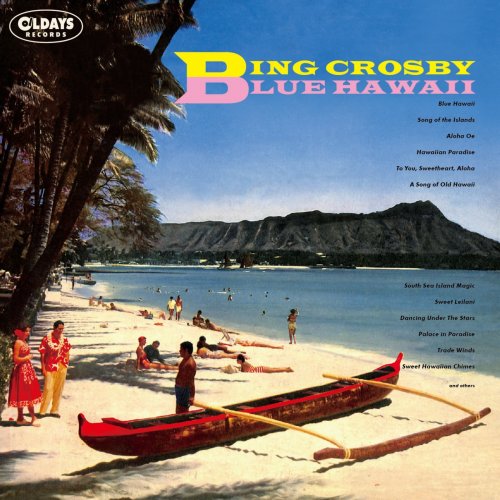
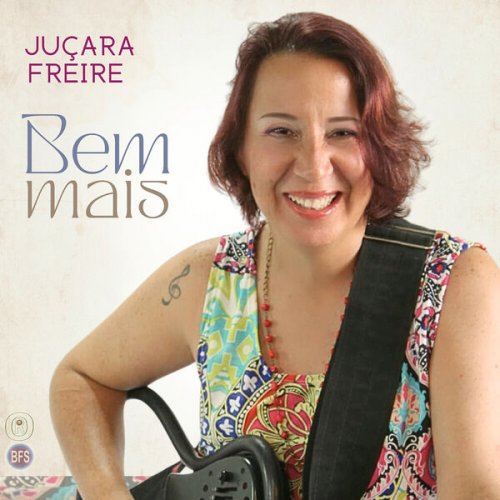
![Machito and His Orchestra - Irving Berlin in Latin America (Remastered Edition 2025) [Hi-Res] Machito and His Orchestra - Irving Berlin in Latin America (Remastered Edition 2025) [Hi-Res]](https://www.dibpic.com/uploads/posts/2025-12/1765784965_moib.jpg)
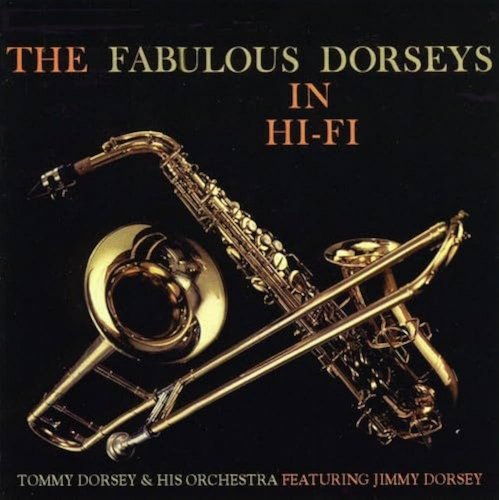
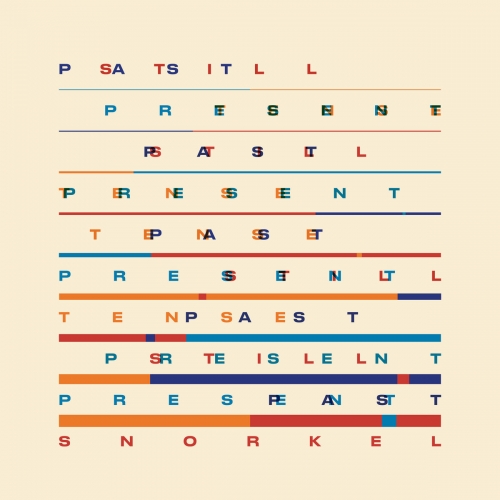
![Demo Rumudo - Second Nature (2025) [Hi-Res] Demo Rumudo - Second Nature (2025) [Hi-Res]](https://www.dibpic.com/uploads/posts/2025-12/1765883076_cover.jpg)
![Sibel Köse Septet - In Good Company (2025) [Hi-Res] Sibel Köse Septet - In Good Company (2025) [Hi-Res]](https://www.dibpic.com/uploads/posts/2025-12/1765846644_uizwujac4ht2d_600.jpg)
